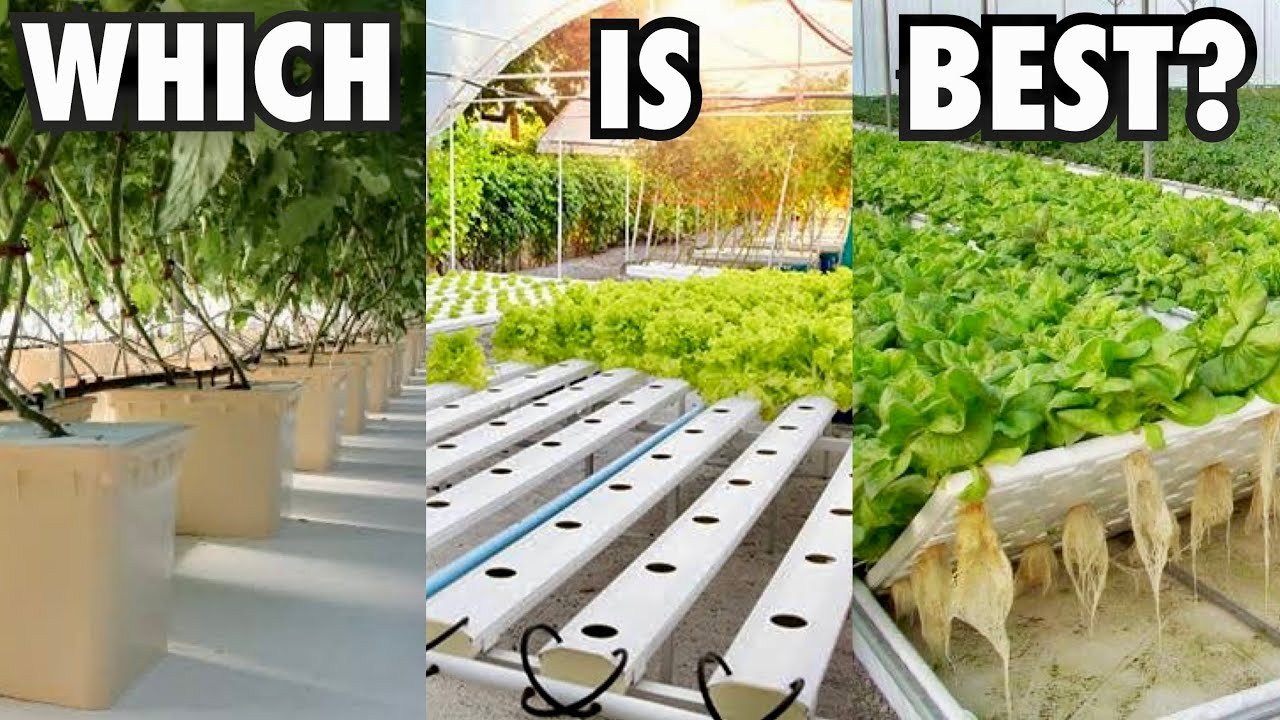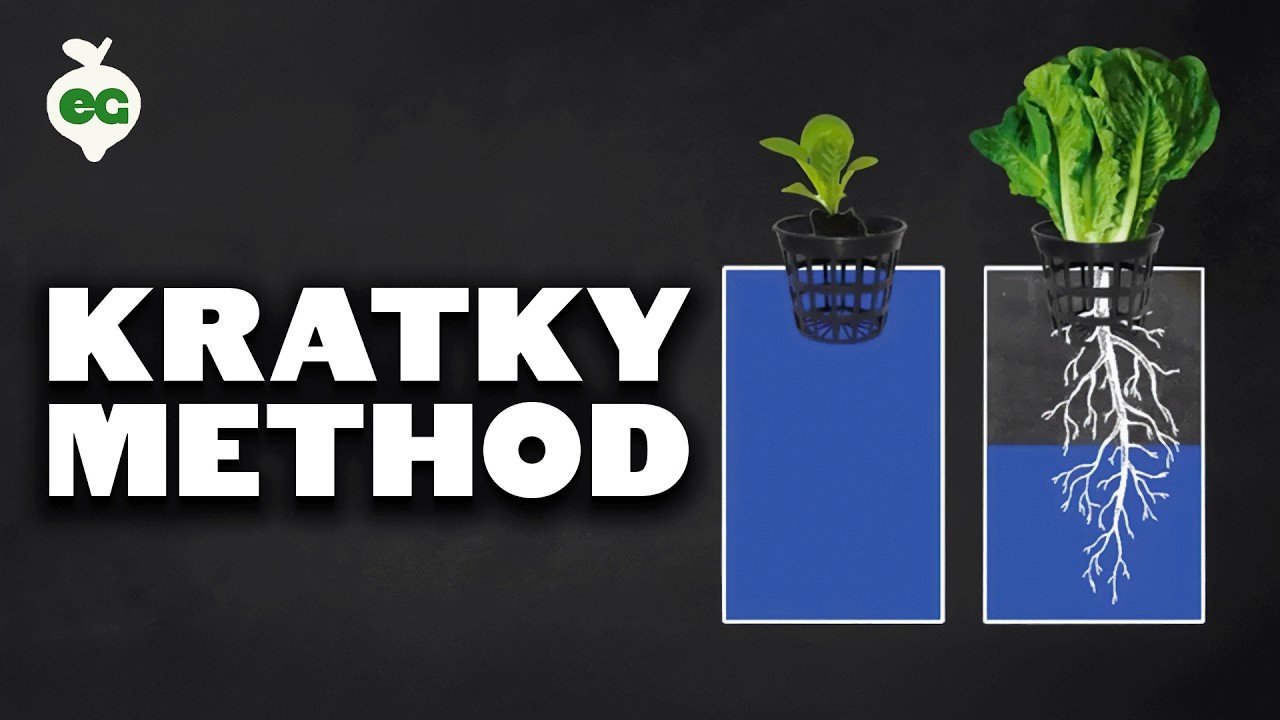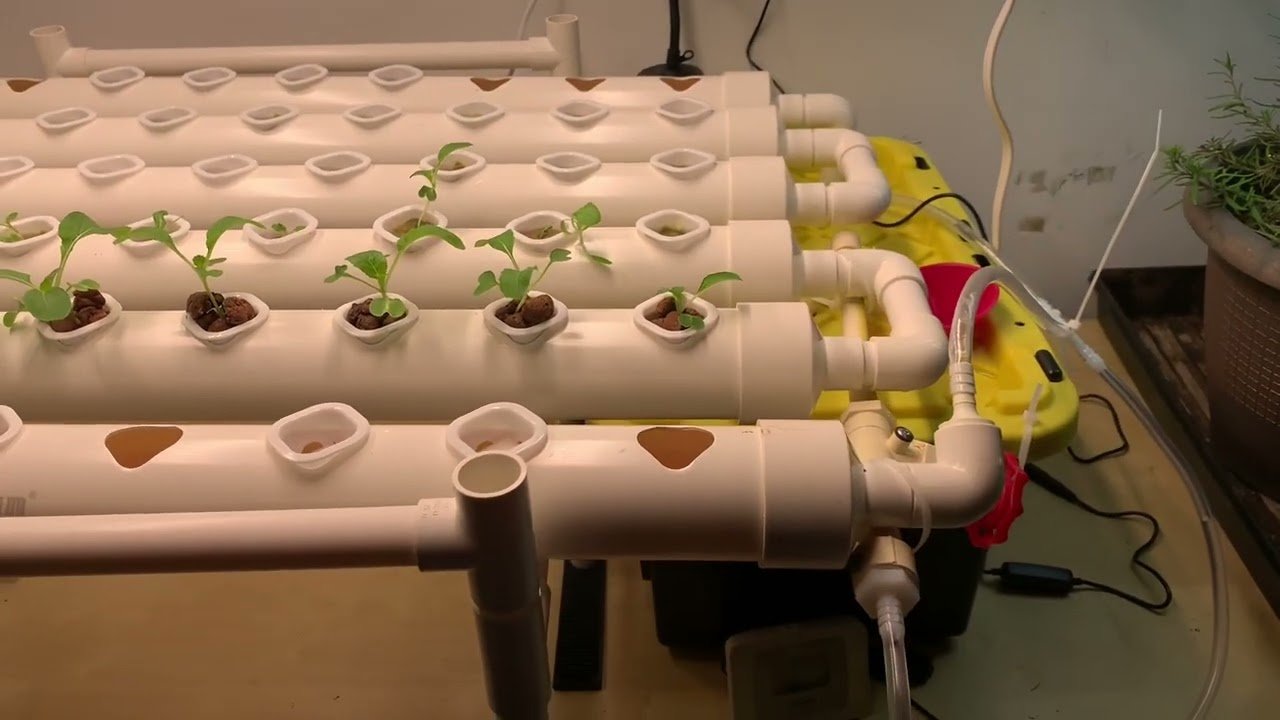My Hydroponics Adventure: Fish, Mistakes, and a Whole Lot of Chlorine
Picture this: it was a crisp Saturday morning in small-town America, and I had grand ambitions. My backyard was about to transform into a lush oasis of vegetables, fish, and—yep, you guessed it—chlorine. I’d stumbled upon the magical (albeit slightly messy) world of aquaponics, where plants and fish swam together in harmony. Well, sort of. I thought I was destined to become the local aquaponics guru, until things went sideways faster than I could say “cleaning supplies.”
The Big Idea
I had spent countless hours watching videos, reading articles, and grinning like a Cheshire cat at pictures of vibrant greens sprouting above sparkling tanks of fish. The perfect symbiotic relationship—plants filtering the water for fish, fish fertilizing the plants. It felt like a cozy little ecosystem in a jar. Driven by dreams of heirloom tomatoes and the delicate wail of tilapia, I took a stroll to the shed to see what I could muster up.
It was a treasure trove of odds and ends. Old PVC pipes glimmered at me like glistening promises, and right there was a water pump I hadn’t used in five years—still rusted yet salvageable. With my tools in hand—a trusty old drill, a handful of zip ties, and a bucket for, let’s say, "in case things go south"—I was ready to become Farmer Bob.
Building the System: Fishy Challenges
Fast forward a few hours, and my backyard was a scene straight out of a quirky sitcom. I managed to piece together a basic aquaponics system, complete with plastic containers filled with river stones, a couple of floating rafts that I fashioned from an old wooden pallet, and a spray-painted bucket for the fish. I felt like a mad scientist.
Next came the fish. I decided on tilapia, not only because they’re hardy but also because they’re surprisingly delicious. After a chat with the local bait shop owner, I drove home, fish gently sloshing around in a plastic bag, feeling like the proudest pet owner. I thought, “This is it. I’ve nailed it!”
But nature doesn’t always follow our carefully laid plans, and within a week, my dreams started bubbling away. Water levels began to fluctuate, and I noticed a smell that could only be described as “something died in the dumpster.” My heart sank.
A Chlorine Dilemma
That’s when I learned the hard way about chlorine. It turns out, city tap water is loaded with chlorine. I had filled my system with it, thinking I was doing a good thing by keeping everything nice and clean. Little did I know, it was literally poisoning my fishies.
I remember standing by the tank, smelling what I can only describe as a chemical cocktail. My tilapia had begun acting all funky, swimming lethargically like they were recovering from a Saturday night bender. I knew I had to do something, but my knowledge was just starting to scratch the surface. Did I cycle the water? Did I use the right type of filtration? Of course not. I was in way over my head.
One evening, after losing a couple of fish, I sat down with a cup of coffee, staring out at my system with a sense of defeat. Maybe I was just meant to grow marigolds. But then again, growing things—that was what I loved. Instead of giving up, I called an old friend who was into hydroponics. What did I have to lose?
Finding Balance
With her encouragement, I learned that using chemicals was often a recipe for disaster in aquaponics. Chlorine had to go. I needed to switch to dechlorinated water. So, armed with buckets of distilled water (yeah, I went that far), I began the arduous process of mixing and balancing the tank’s environment. I added air stones, experimented with different pH levels, and then waited, holding my breath like a parent waiting for the first steps of a child.
Day by day, my tilapia began to wake up again—color returning to their scales like cool summer mornings. I felt that thrill of hope. And wouldn’t you know, the plants started sprouting too! Kale, basil, even a little mint. It was chaos, but it was my kind of chaos.
The Takeaway
I could ramble on, sharing tales of splashing water and late nights spent watching fish swim. But the essential lesson here? It’s all about patience and learning as you go. If you’re thinking about diving into this world of aquaponics—or hydroponics—or anything that gets you excited—don’t worry about getting it perfect. Just start. You’ll figure it out as you go, and you might just find joy amongst the bumps.
So if you’re ready to jump into this adventure like I did—head over to this link. Maybe you won’t have fish drama and chlorinated woes, but I promise, you’ll find something worthwhile waiting for you in those waters.





Leave a Reply